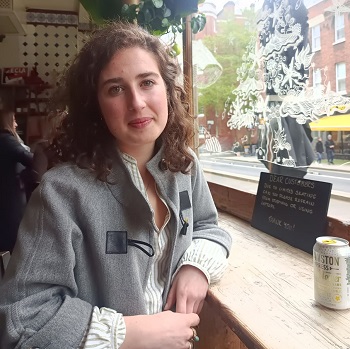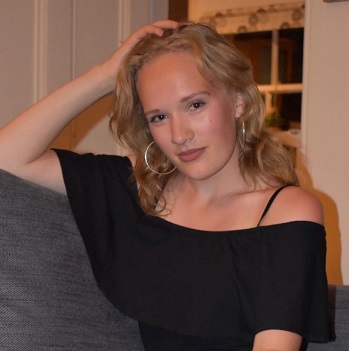Edinburgh medical students share their insights and top tips for successful study.
Alba Saenz de Villaverde (Y6)
 I wish my study technique could be a little less chaotic, and a little more organised. Every year it feels like I have perfected my study technique, and every new year I learn I could be improving so much more. Medicine is a complicated topic, and it can sometimes (or all the time) feel very overwhelming.
I wish my study technique could be a little less chaotic, and a little more organised. Every year it feels like I have perfected my study technique, and every new year I learn I could be improving so much more. Medicine is a complicated topic, and it can sometimes (or all the time) feel very overwhelming.
1. Regardless of study technique, my first tip would be organisation. A good system will ensure you cover most topics, your notes are in order and your knowledge up to date with the latest guidance. This can make you feel like you at least have everything in control and leave scrambling (which will happen no matter how much you prepare) to the minimum last minute.
2. Don’t compare! Although study groups are a godsend when finding motivation and tips, it’s good to remember we all revise at a different pace. Although some might prefer constant learning to cramming, to presentations or flashcards, everyone learns differently. It’s good to find your own pace, rhythm, and technique and most importantly, have trust in yourself!
3. Study groups are the grown-up version of PBL. I find they are really helpful to consolidate your knowledge, look at problems from a different perspective and make fresh connections. And if you are lucky, you will also find a group that prioritises snacks and coffee!
4. Speak to patients. I could go on forever discussing ways to make the most of your placement, prepare for tutorials beforehand, or use bank practice questions. However, the best way to remember, at least for me, is speaking to the patients themselves. They are the best to tell you their symptoms, and whilst its important to know the pathophysiology and development behind the disease, it’s impactful to see the effect the disease, and management options, have on their lives. At the end of the day, it’s important we never forget all of our training and learning is meant for to improve their care!
Treeve Willcock (Y4)
My first tip would be to choose an online package to use for your notes- I used OneDrive, but Google Docs is also popular. As it is online, you can view and edit your notes from anywhere, which saves you from having to carry a laptop or massive folders around. You can even access your notes on a phone!
I take an iPad to lectures for note-taking as it is nice and light, and I have a Bluetooth keypad for it so I can type quickly. A lot of people download the lecture slides and annotate them, but for me having notes I could type and edit worked well.
The night before each lecture, I review the lecture slides and make notes (with any useful pictures) on OneDrive. I often use AIM notes as a basis for my notes, or sometimes the lecturers will provide documents themselves which you can use.
At the lecture the next day, I would add in extra important/useful things the lecturer said, and ask any questions at the end. This method is good as it means that I already have a feel for the content before the lecture so I can understand things better and I’m not always frantically typing!
Whenever I have time I watch back previous lectures on Media Hopper Replay, making sure I haven’t missed anything in my notes. Then, on a different day, I go through my completed notes, digitally highlighting them. I use a highlighting system of different colours to identify different aspects of the notes. For example, red if I don’t remember it, blue if I’m confused about it and green for interesting anecdotes that aren’t necessarily as important, but make my notes more enjoyable. Every time I re-read my notes, I re-highlight them to reflect my updated knowledge. This means was processing and thinking about the information, rather than just reading it.
My final step when revising is to write peerwise questions and/or quizlet flashcards on the information still highlighting with my colour system to make it stick in my mind better. I have also run study groups with a few people where we’d meet up for lunch and ask each other questions. This makes studying more sociable and fun!
When learning Anatomy, I make all of it into flash cards, and I use the App “3D4Medical” (you get this free from the university) to visualise structures.
This is all very time-consuming, but when it comes to studying, I can’t give you any magic short-cuts! I hope you find this useful and it gives you some ideas of how you can study at medical school.


